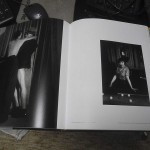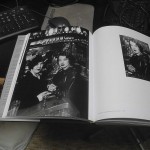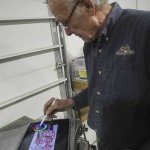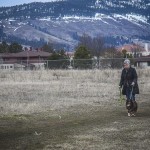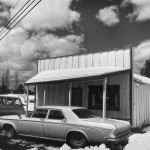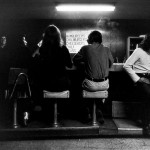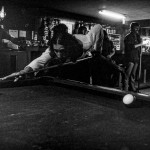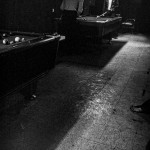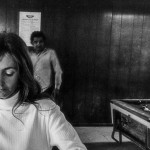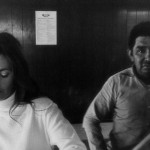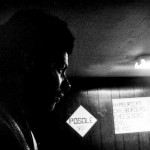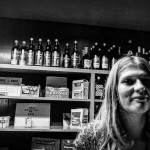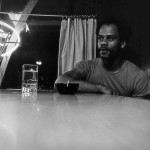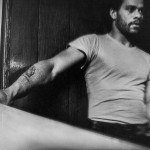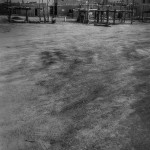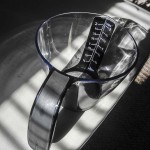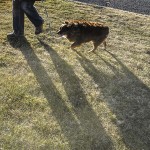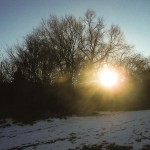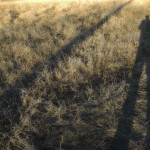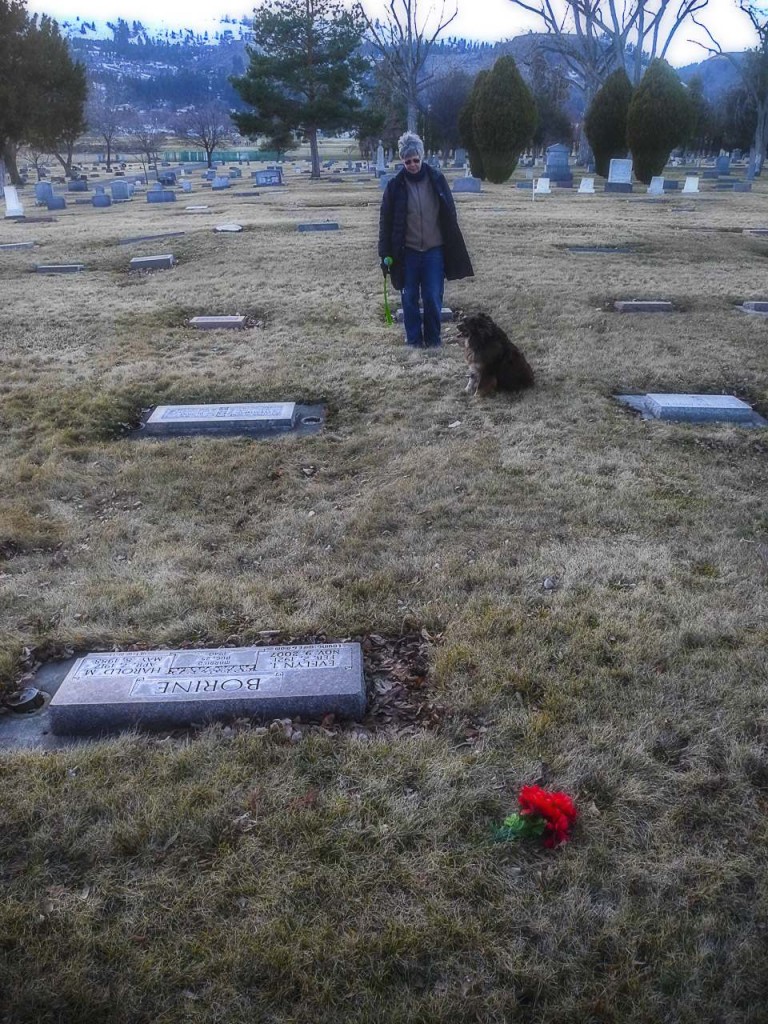Kansas City friend and old college roommate Herman sends me a link to this:
Month: February 2016
Brassai
[This post was originally slated for my photo blog, but perhaps this is an obsession that can be appropriately shared with the family audience as well.]
Looking back at my Dew Drop Inn posting of the other day — one of those things that I had entirely forgotten until stumbling across the old negatives in my archive revival project — I wanted to add the comment that there is a long tradition of such subject matter in the history of photography.
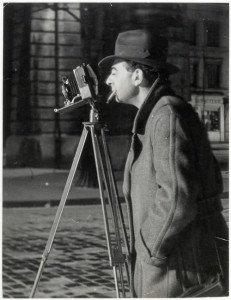
Here are just a couple of sample pages from one my prized Brassai books (which includes work from material such as “The Secret Paris of the 30s”, “Paris By Night”, etc., along with written material by himself and others.
Brassai also made some wonderful photographs of … cats!
Paris.
I previously posted some photography of Paris by Ed Clark. Probably the earliest photographs of that city that remain fixed in my consciousness are those of Eugene Atget, particularly his large-format view camera work of Paris streets and parks at night, and of Paris architecture, done in the late 1800s and early pre-war 1900s. Another of my all-time favorites, Atget could be the subject of a separate post. Brassai and Atget both tapped similar subject matter: street people, prostitutes and so on. I have never seen Paris, and would be almost reluctant to do so, as I fear the Paris of my mind, the Paris of Brassai, may no longer exist.
rDay Three-Hundred-Twenty-Five
In the White Mountains of Arizona (1972-74): The Dew Drop Inn
Pinetop, the tiny outpost on the edge of the Reservation, had along its main drag a few motels, two or three restaurants and a handful of nondescript bars, among them them the popular but shabby Dew Drop Inn. Nobody much cared whether you were black, Latino, Indian or whatever. Most of the faces are familiar, some names are remembered, others are not. With almost no light except one over the bar and one over each pool table, the environment was hardly conducive to photography. Nevertheless …
See: Related Posts
In the White Mountains of Arizona (1972-74): More Santa Fe
See: Related Posts
In the White Mountains of Arizona (1972-74): Santa Fe, NM
A lull in my income tax prep workload while awaiting some key documents gives me a chance to revisit my film negative project. Here we have some evidence of one of those New Mexico weekend trips during my tenure at the White Mountain Apache Reservation in eastern Arizona.
See: Related Posts
rDay Three-Hundred-Twenty-Two
Making the 103 loop …
rDay Three-Hundred-Twenty-One
Breaking from work on income tax prep and other administrative matters, we shop for groceries, walk around, do dog duty, and look at random sights. Spring might gradually be coming closer, as snow is melting except in the shade, but the wind still blows its chill.
rDay Three-Hundred-Twenty: Kim & Charlie
rDay Three-Hundred-Twenty: On Dancing & Another Forgotten Connection From The Past
This one is really for Ivi.
My earlier mention of Buckminster Fuller started the memory mill chugging again, as I began to recall how the Bucky photo session came about. It was because I got a call one day from my friend, P.T., who was deeply involved in the so-called human potential movement (or however that wave was being characterized) and who was working as an assistant to Elisabeth Kubler-Ross, author of “On Death and Dying” and a leading internationally-known researcher into that subject who famously described the five stages of grief. My friend — this was sometime in the mid- or late 1970s –told me that Kubler-Ross would be speaking at an upcoming event — the World Cooperation Council, if I have the name right– that I should attend, that Findhorn people as well as my “hero” Fuller would also be speaking, and that she could probably arrange to get me a press pass.
So it happens that my friend P.T. was an utterly obsessed dancer (she started taking ballet lessons, in a class of youngsters, at age 30, for example, because her parents would not allow her ballet lessons when she had been a young child and she suddenly realized at that late date that she could still give it a whirl; she also was already a formidable interpretative jazz dancer at that point, even as she was pursuing her doctorate in cancer research). And she had told me that Kubler-Ross had once expressed the regret that she had not spent enough time in her life … dancing! This led me today to try to find the exact quote (from sources like this and this), and I finally found something close on Wikipedia:
In Switzerland I was educated in line with the basic premise: work work work. You are only a valuable human being if you work. This is utterly wrong. Half working, half dancing – that is the right mixture. I myself have danced and played too little.
